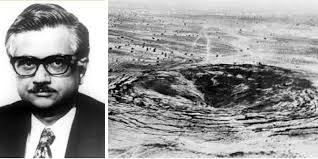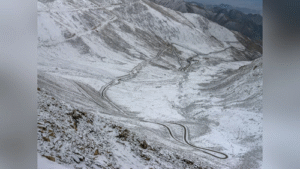India conducted its first successful nuclear test at Pokhran, Rajasthan, in an operation codenamed “Smiling Buddha.” This test marked India’s entry into the exclusive group of nuclear-capable nations.
Location: Pokhran Test Range, Rajasthan
Depth of detonation: 107 meters (351 feet) underground
Yield: 12 kilotonnes (approximately the same as the Hiroshima bomb)
Crater dimensions: 47 meters (154 feet) wide, 10 meters (33 feet) deep
Purpose: Officially described as a “peaceful nuclear explosion” (PNE)
Significance: India became the sixth country in the world to successfully test a nuclear device.
It established India’s nuclear capabilities and led to international sanctions by countries such as the US and Canada.
The test strengthened India’s commitment to nuclear self-reliance, eventually leading to the Pokhran-II series of tests in 1998 under Prime Minister Atal Bihari Vajpayee.
It played a crucial role in shaping India’s nuclear deterrence policy and later contributed to the development of the nuclear doctrine and strategic arsenal.







